Did you know that around 60% of companies cite delayed shipments and customs hold-ups as their most pressing cross border logistics challenge? In today’s competitive global marketplace, even a single border snag can disrupt your entire supply chain. This comprehensive guide will empower you with real solutions for cross border logistics, revealing how to overcome critical bottlenecks, boost efficiency, and safeguard your international trade flows from costly disruptions. If you’re ready to leave logistics nightmares in the past, keep reading—your global success starts here.
Unlocking the Power of Cross Border Logistics for Global Success
Around 60% of companies cite delayed shipments and customs hold-ups as their most pressing cross border logistics challenge.
- Understand the fundamentals of cross border logistics
- Discover solutions to common border logistics problems
- Learn how to boost your supply chain and stay competitive
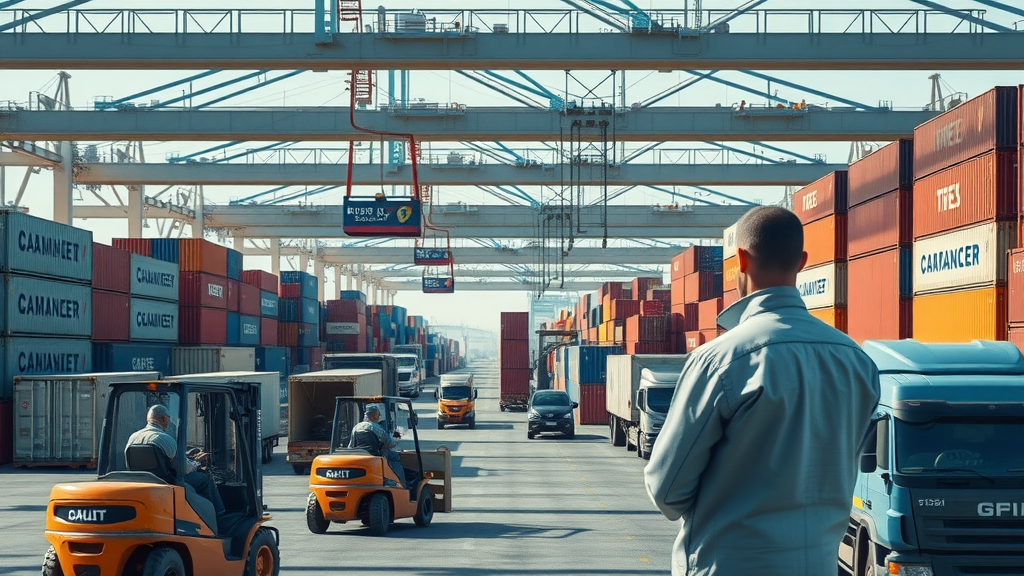
In an era driven by international trade, cross border logistics has become a critical factor for companies aiming to remain globally competitive. Efficiently managing goods across international borders ensures products arrive on time, meet customer expectations, and comply with diverse customs regulations. The ability to navigate cross border logistics unlocks faster delivery, lower operating costs, and seamless market expansion. Businesses that optimize this process can differentiate themselves in crowded markets, while building customer trust and loyalty—turning complex logistics from a challenge into a true competitive advantage.
For supply chain managers, understanding the proven solutions to challenges like customs clearance, documentation errors, and shipment delays is not just valuable—it's essential. By mastering border logistics, companies can streamline operations, reduce potential delays, and focus on core growth strategies. Effective cross border logistics doesn't just keep shipments moving; it opens doors to new regions and opportunities. Ensuring your business is prepared with the right border logistics solution is the first step towards smoother, more profitable international operations.
What Is Cross Border Logistics and Why Does It Matter?
Defining Cross Border Logistics in International Supply Chains
Cross border logistics refers to the intricate process of moving goods, freight, or products across the borders of two or more countries. Unlike simple domestic shipping, this process involves a web of customs regulations, trade agreements, currency exchanges, and required compliance with unique customs requirements in each nation. In a modern supply chain, cross-border logistics ensures goods move efficiently from factories to end users, whether shipping electronics from East Asia to North America or sending textiles from Europe to the United States. Effective cross border logistics is crucial for manufacturers, retailers, and e-commerce giants, offering a bridge between local production and global consumption.
International logistics teams specialize in navigating customs clearance, freight documentation, and border inspections that domestic teams may never encounter. Relying on expert customs brokers and experienced logistics partners ensures compliance with customs regulations, avoids shipment delays, and keeps your supply chain moving smoothly. For multinational brands, streamlined cross border logistics is the backbone that enables global expansion and sustainability in international trade.
Key Differences Between Cross Border Logistics and Domestic Freight Services
Unlike domestic freight services, which typically handle shipments within a single country, cross border logistics deals with complex challenges like international shipping, customs clearance, duty calculations, and compliance with both exporting and importing countries' regulations. Domestic logistics partners focus on swift transport from point A to B, often within regulated regions like North America, but border logistics expands these boundaries with international considerations.
With crossborder logistics, documentation accuracy and expert customs clearance become non-negotiable. Shipments face the scrutiny of government agencies at every international border, making it essential to partner with providers who understand potential delays, paperwork pitfalls, and the best strategies for fast, reliable delivery. Cross border logistics services also demand up-to-the-minute tracking and communication, given the broader risks and rewards attached to international trade.
"Mastering cross border logistics is the foundation of any successful global supply chain."
Solving Cross Border Logistics Challenges: Real-World Solutions
Navigating Customs Clearance for Effective Cross Border Logistics
The customs clearance process is a critical checkpoint in cross border logistics . Incorrect paperwork, lack of clarity on product classification, or misunderstanding customs requirements can translate into costly shipment delays. Relying on expert customs brokers and leveraging robust IT systems to automate document verification mitigates risk. Their insight ensures all forms, certificates of origin, and value declarations are prepared accurately, meeting both export and import standards. Proactive customs clearance transforms a potential bottleneck into a competitive advantage, allowing businesses to focus on core operations and avoid compliance setbacks.
A reliable customs broker not only prepares your shipments with full compliance, but also communicates any regulatory changes, helping you stay informed as trade agreements evolve. Their understanding of customs regulations in countries like the United States, Canada, or across Asia-Pacific ensures goods cross borders seamlessly. Effective cross border logistics requires a strategy that weaves together customs clearance, compliance with customs requirements, and supply chain visibility—a recipe for success in modern international logistics.

Minimizing Delays and Risks in International Logistics
Every supply chain manager dreads potential delays at international borders. These disruptions often arise from documentation errors, unexpected inspections, or inefficiencies in international shipping procedures. The key to minimizing these risks is building redundancy and flexibility into your logistics strategy. Foster partnerships with freight services that offer robust tracking, contingency planning, and fast escalation processes when issues surface. Strong communication from your border logistics provider can identify and resolve border delays before they become significant bottlenecks for your supply chain.
Prioritizing compliance with customs regulations and regularly updating your team on changing international logistics standards will secure smooth passage for your shipments. Stay ahead of customs delays by working with partners experienced in north american and global border logistics. Build a network of experts prepared to navigate customs, adapt to regulatory change, and keep your goods moving efficiently—so you can focus on growing your business, not fighting cross-border nightmares.
- Customs delays
- Documentation errors
- Border inspections
- Inefficient freight services
Leverage Supply Chain Innovation for Seamless Border Logistics
Enhancing Freight Services: Air Freight vs. Sea Freight for Cross Border Logistics
Choosing between air freight , sea freight , trucking, and rail is a pivotal decision in crossborder logistics. Each mode offers unique benefits and trade-offs for cost, speed, and cargo type. Air freight is unmatched for urgent international shipping, offering delivery in a matter of days, but typically at a higher price. Sea freight, in contrast, is the king of bulk and heavy cargo—ideal for companies shipping large volumes across oceans and seeking the most cost-effective solution. Businesses should assess their product type, market timing, and destinations to decide which freight service will maximize their supply chain efficiency.
Regional cross border moves, especially in densely-connected economies like North America and Europe, often benefit from a blend of trucking and rail options. These options can offer a balance between cost and speed, especially when navigating predictable trade lanes. An effective cross border logistics partner will tailor transport recommendations to your needs, ensuring you aren’t overpaying for speed you don’t need or risking delays on crucial international deliveries.
| Freight Mode | Speed | Cost | Ideal For |
|---|---|---|---|
| Air Freight | High | High | Urgent shipments |
| Sea Freight | Low | Low | Bulk and heavy cargo |
| Trucking | Med | Med | Regional cross border |
| Rail | Med | Low | Large, land shipments |
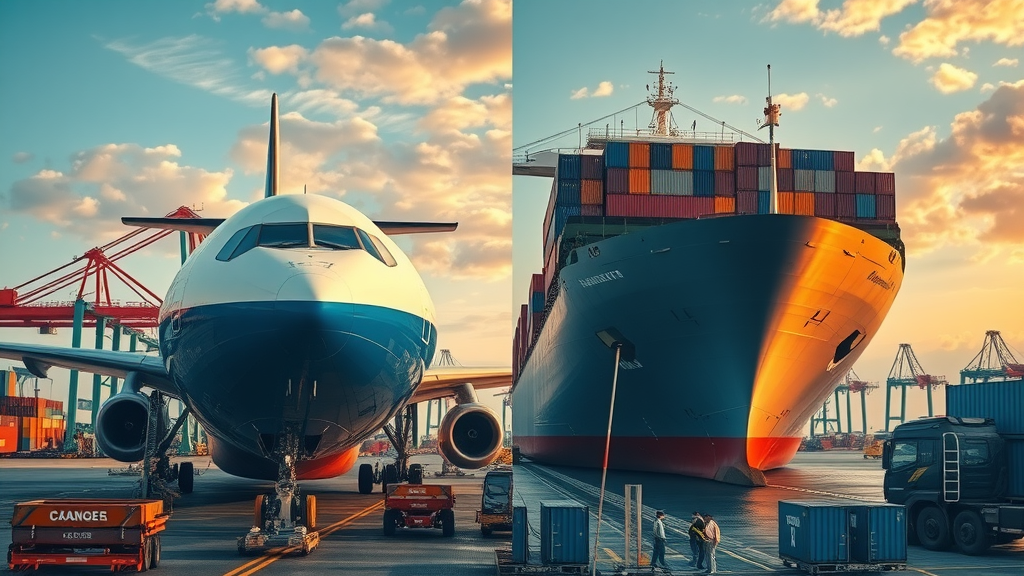
Tech-Driven Solutions: Tracking, Data, and Streamlined International Logistics
Today’s most efficient supply chains tap into advanced technology for end-to-end visibility. Real-time shipment tracking, proactive exception management, and powerful data analytics allow businesses to anticipate and prevent costly cross-border headaches. Modern cross border logistics platforms offer dashboards for live shipment updates, while predictive AI tools estimate potential delays or compliance risks—making data-driven decisions achievable at every stage.
Streamlining your international logistics depends on transparency and collaboration. Tech-enabled logistics partners notify you of customs clearance milestones, shipment location, and even temperature controls for sensitive goods. Integration of tracking with enterprise resource planning (ERP) systems supercharges decision-making, letting you reroute goods or pivot supply quickly. By embracing technology in cross border logistics, businesses see reduced lead times, improved compliance, and stronger trust and loyalty from global customers.

How to Choose the Right Cross Border Logistics Partner
Evaluating Expertise in International Logistics
The partner you choose for cross border logistics becomes the architect of your global supply chain. Look for experience within your target markets—whether north america, Europe, or Asia-Pacific. Verify their reputation in customs clearance, reliability in international shipping, and ability to provide supply chain solutions tailored for your business sector. Reliable logistics partners offer access to both air freight and ocean freight, lending flexibility when market needs shift.
Don’t just review their service history; examine their certifications, partnerships with customs brokers, and track record solving effective cross border logistics issues. Transparent, proactive communication is essential—your logistics provider should act as an extension of your own operations, keeping you updated so you can respond with agility to market demands or potential delays. Select a partner who not only delivers freight, but also delivers peace of mind.
Checklist for Selecting Border Logistics Services
Choosing a cross border logistics partner requires a thoughtful approach, ensuring alignment with business priorities and trading regions. Use this checklist to pinpoint the right logistics strategy:
- Proven customs clearance track record
- Efficient supply chain solutions
- Robust air freight and shipping options
- Transparent communication
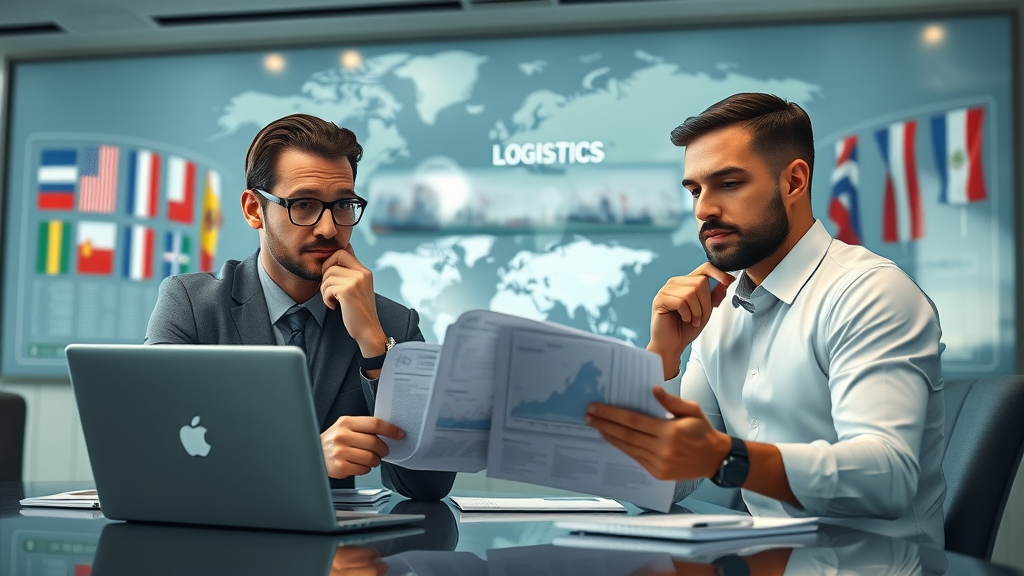
FAQ: People Also Ask About Cross Border Logistics
What is cross-border logistics?
Cross-border logistics involves the movement, compliance, and management of goods and shipments between two or more countries. It encompasses planning transportation, overcoming customs requirements, ensuring documentation is complete, and navigating regulatory differences to ensure that goods reach their destination efficiently. Businesses rely on cross border logistics to expand global reach and enhance their market presence.
What does cross-border shipping mean?
Cross-border shipping is the process of sending goods from one country to another, passing through at least one international border. It requires careful attention to international shipping norms, customs declarations, and legal documentation. Effective cross border shipping utilizes experienced logistics partners to reduce delays, minimize risk, and maintain cost efficiency.
What is border logistics?
Border logistics refers to the broad range of activities involved in moving goods across a nation’s borders, including transportation, warehousing, customs clearance, and compliance management. Unlike domestic logistics, border logistics introduces additional layers of customs brokerage, cargo inspection, and regulatory compliance to ensure shipments clear borders without incident and in a timely manner.
What is a cross trade in logistics?
Cross trade, or triangle shipment, in logistics is when a seller in one country sells goods to a buyer in a second country, but the shipment is actually sent from a third country. Managing cross trade requires thorough knowledge of international trade laws, documentation, and seamless coordination with logistics partners to avoid complications and delays at every border.
Benefits of Optimizing Your Cross Border Logistics
- Faster delivery times
- Lower shipping costs
- Better global market reach
- Stronger supply chain resilience
- Enhanced customs compliance
"Streamlined cross border logistics can turn business nightmares into competitive advantages."
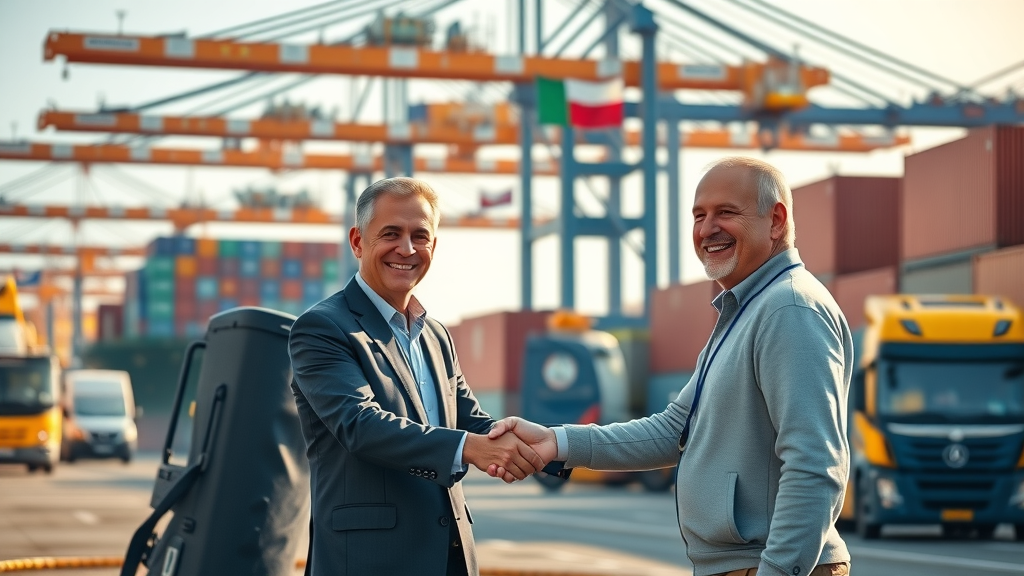
Action Steps: How to Streamline Your Cross Border Logistics Today
Download Our Free Guide to Mastering International Logistics
Take your international logistics knowledge to the next level. Download our comprehensive free guide packed with expert tips, actionable checklists, and secrets from industry leaders. Equip your operations team with proven strategies for seamless cross border logistics—from customs clearance to freight optimization—so you can minimize risk and accelerate market growth.
Whether you are new to cross border operations or refining your logistics strategy, our guide simplifies complexity and empowers you with the tools to overcome every border logistics challenge. Don’t miss this exclusive resource—get started on the path to hassle-free shipping and global expansion now.
Connect with Our Cross Border Freight Services Experts
Ready to transform your cross border logistics operations? Our dedicated freight services experts offer tailored consultations, helping you assess current pain points and unlock new efficiencies for your international freight. From exploring the best air freight and shipping routes to implementing cutting-edge tracking solutions, our team delivers step-by-step support designed to eliminate supply chain bottlenecks.
We prioritize transparent communication, proactive problem-solving, and fast issue resolution, so you can stay focused on growth without logistics headaches. Contact us for a complimentary assessment or speak directly with a border logistics consultant eager to help you conquer international markets today.
- Request a free assessment
- Consult on border logistics upgrades
- Sign up for the latest supply chain insights
Expert Insights: Success Stories in Effective Cross Border Logistics
Case Study: Reducing Customs Delays by 40%
A leading electronics distributor struggled with repeated customs delays when shipping from Asia to North America. By partnering with an experienced crossborder logistics provider, they revamped their documentation, proactively adapted to international trade agreements, and integrated real-time tracking for every shipment. The result? Customs clearance times were slashed by 40%, shipments consistently arrived ahead of schedule, and the company achieved a new standard in customer satisfaction and supply chain agility.
This success story demonstrates the power of data-driven decision-making and expert partnerships in overcoming once-daunting border logistics problems. When businesses align with logistics partners who understand global regulations and proactively address compliance with customs, they transform cross border logistics into an engine for growth.
Testimonial: Seamless Air Freight Solutions for International Growth
“We expanded into Latin America and faced countless logistics obstacles,” shares the supply chain manager of a major apparel brand. “Our new logistics partner not only managed customs clearance and regulatory compliance but also recommended optimal air freight solutions. Their transparent communication and quick escalations ensured goods reached retailers on time—even during peak seasons. Thanks to their expertise, our international logistics headaches became a thing of the past.”
Businesses from startups to global enterprises can experience similar results by choosing a border logistics partner committed to excellence and adaptability in the face of international complexity.
Speak With Our Team About Border Logistics Solutions
Have insights to share on global trade? Let's talk—call us at 203-271-7991 to explore contributing an article.
Action step: Don’t let cross border logistics challenges limit your growth. Connect with our expert team or contribute your own insights to the global trade community—your perspective could help shape future supply chain innovation.
To further enhance your understanding of cross-border logistics and its challenges, consider exploring the following resources:
-
Common Challenges In Cross-Border Logistics (And How To Overcome Them) provides insights into regulatory compliance, toll costs, and security concerns, offering practical solutions to navigate these complexities.
-
Key Challenges and Solutions in Cross-Border Logistics discusses sustainability challenges, including environmental impacts and the role of technology in enhancing logistics efficiency.
These articles offer valuable perspectives and strategies to optimize your cross-border logistics operations.
 Add Row
Add Row  Add
Add 

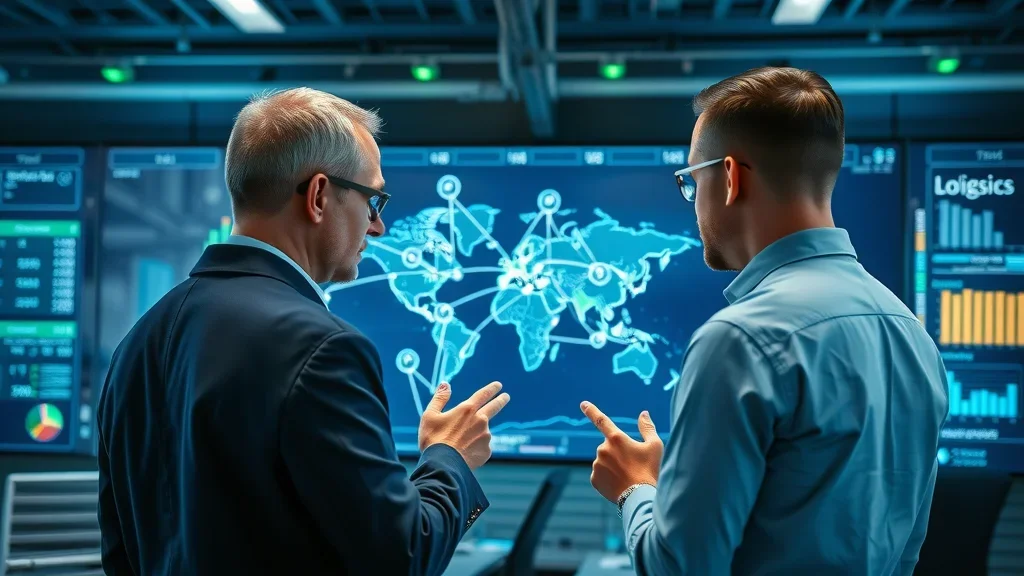
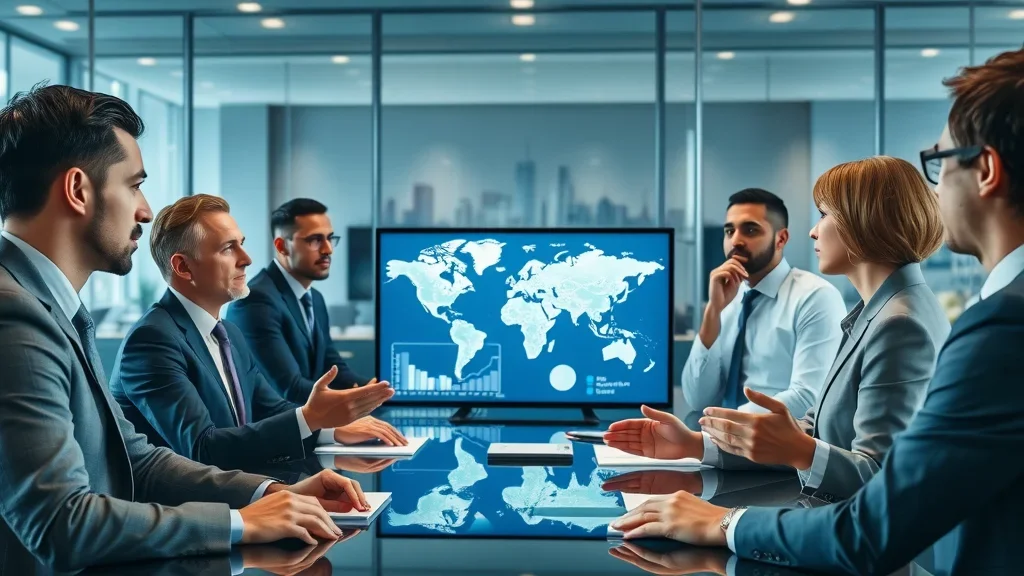

Write A Comment